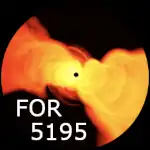The annual assembly 2023 took place from 3 to 5 April 2023 in Würzburg.
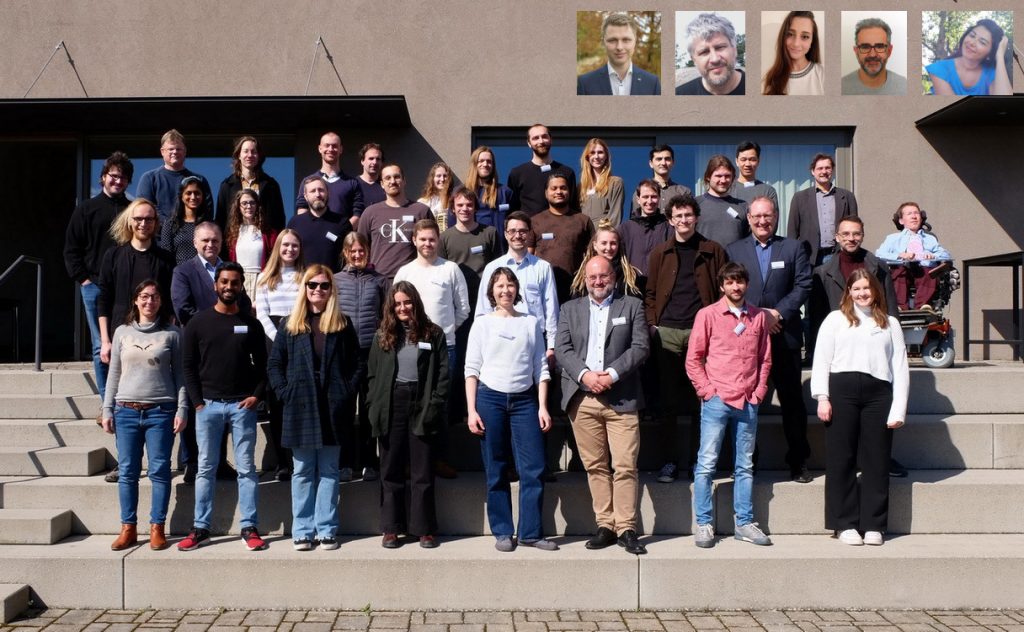
The meeting was intended to be the annual gathering of all members and associated researchers of the research unit as well as of selected experts external to the research unit. It was a spin-off of the kick-off meeting in March 2022. Participants had the opportunity to present their research topics, conceptual models, recent findings up to now, their barriers and obstacles to progress, current difficulties and immediate problems as well as their near-future goals. There was also space to discuss our numerical, computational or analytical techniques.
The purpose of the assembly was to gain insight about different approaches, about solution finding and especially to find leverage points for future collaborations and potential synergies and to enrich the colleagues’ work with fruitful hints.
To empower female scientists and to advance towards equality in academia, a one-day workshop for female scientists took place on 5. of April. The workshop with title „Towards a More Inclusive and Diverse Work Environment in Physics“ was led by Dr. Anne Freese and Dr. Isabel Fraas. This in-depth workshop for female academics took place in a relaxed and protected environment as an add-on of the scientific part. The functioning of unconscious biases will be analysed and discussed as career-relevant factors. On the level of implementation, we worked out strategies for gender- and diversity-sensitive ways of communication and individual career planning as well as perspectives for a leadership and organisational culture that frames these. The workshop offered space for reflection, exchange and professionalisation of gender and diversity competence and addresses the topics chosen by the participants so far.
For additional information, open this page with more detailed instructions.
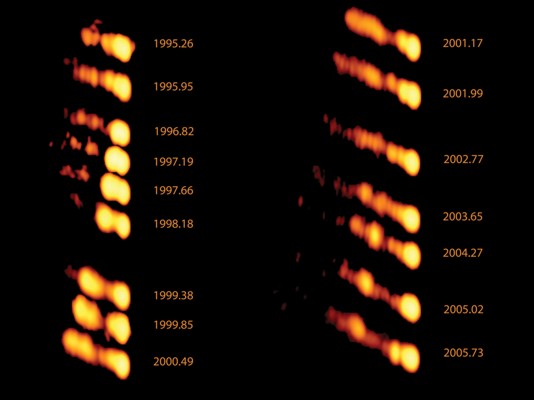
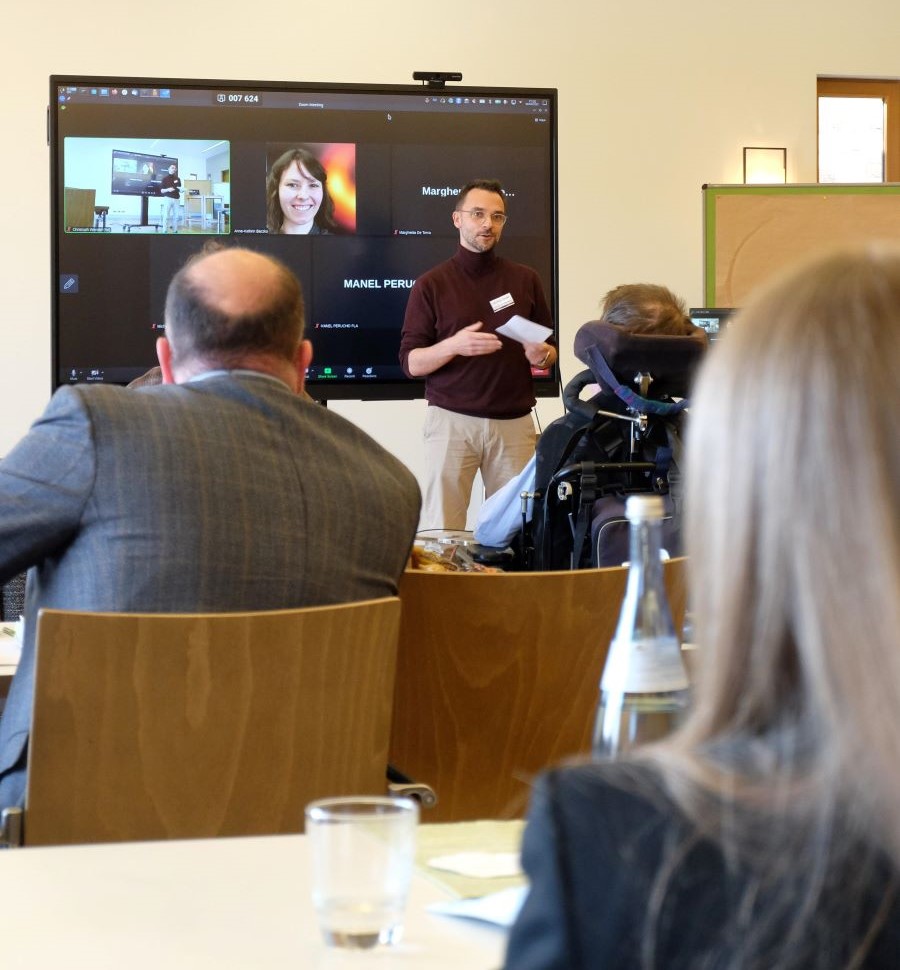
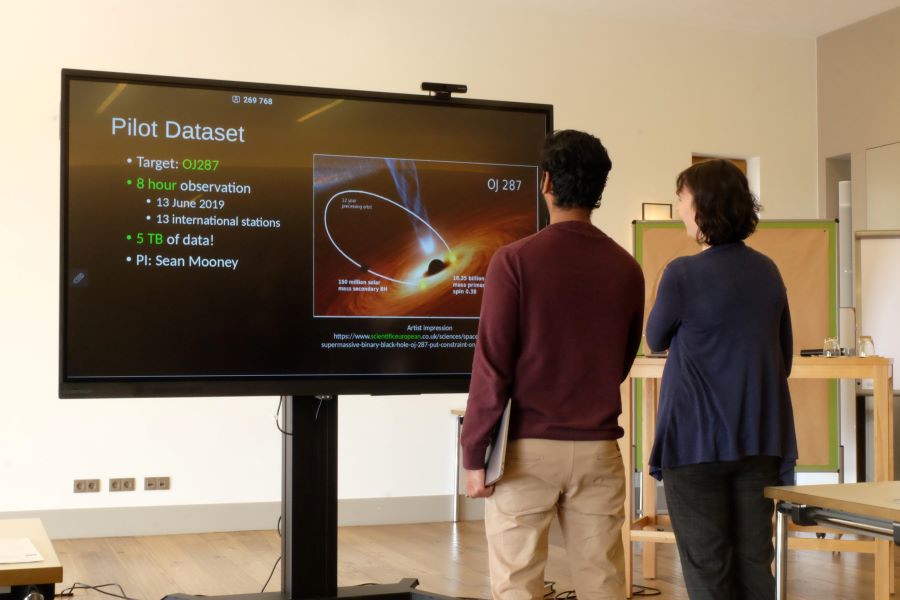
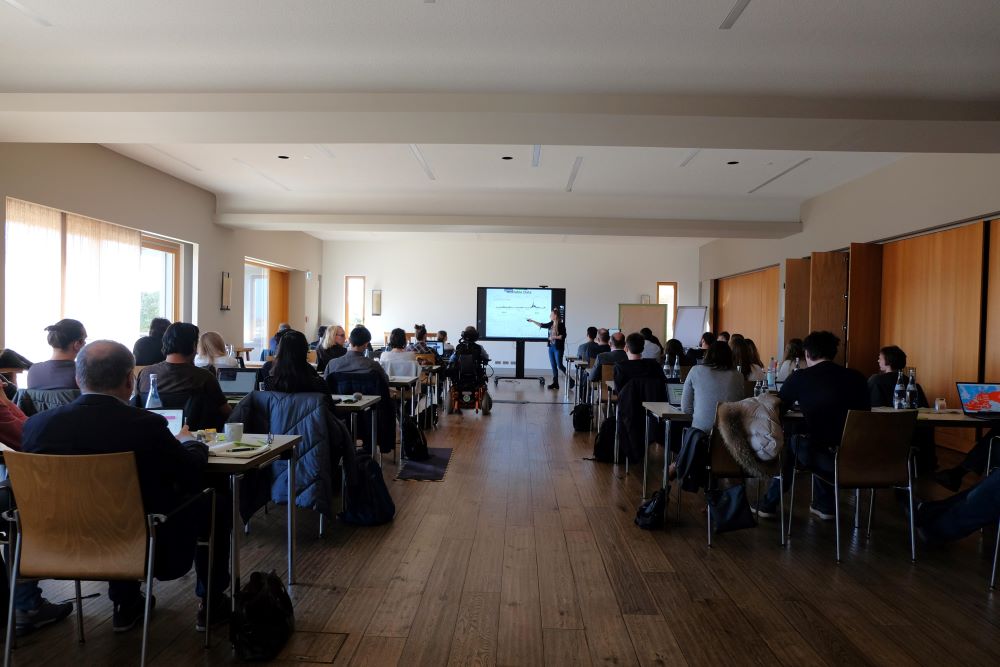
DFG Research Unit (Forschungsgruppe) FOR 5195 – Relativistic Jets in Active Galaxies
Funded by the Deutsche Forschungsgemeinschaft (DFG, German Research Foundation)
